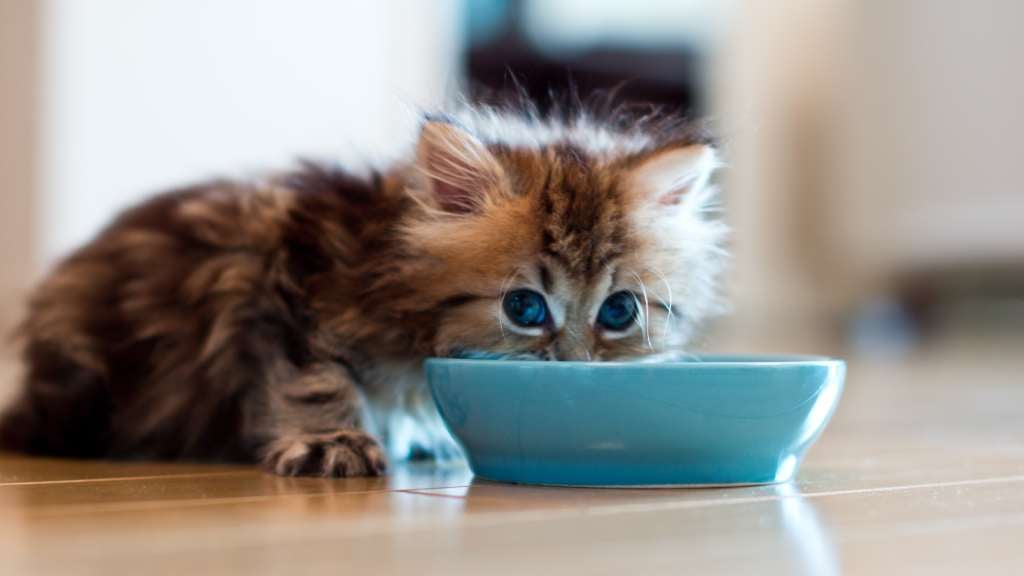No one wants to spend the week after the Super Bowl recovering from food poisoning – especially if their team lost.
But the big game is also a common day for people to contract foodborne illnesses, according to Vanessa Coffman, director of the Alliance to Stop Foodborne Illness.
Thoughts of food safety take a backseat to the excitement of that pick six. No one cares that the pasta salad has gotten warm when their team is at first and goal.
Stop Foodborne Illness offers these tips to make sure the days after your team’s win are as enjoyable as that first scoop of dip on game day:
1. Keep food out of the danger zone
Bacteria grow fastest in the range of 40-140 degrees Fahrenheit, known as the “danger zone.”
A refrigerator set at 40 degrees Fahrenheit or below will protect most foods. Your fridge is one of the very best weapons you’ve got in the fight against foodborne illness.
The bottom line: Keep all those ingredients for Super Bowl dishes in the fridge until you’re actually ready to cook or serve them.
SUBSCRIBE TO OUR NEWSLETTER: The Daily Money delivers our top personal finance stories to your inbox
2. Cook your food to safe temperatures
If you’re making dishes for the game, follow safe temperature guidelines.
Just because your food looks done doesn’t mean it is done. The only way to know if your meat, poultry, and egg dishes are safely cooked is to use a food thermometer.
For instance, many people assume that when a hamburger is brown in the middle, it’s done. But, according to research by the United States Department of Agriculture, 1 in 4 hamburgers turns brown before it reaches a safe internal temperature of 160 degrees Fahrenheit.
The safe internal temperature for all ground meat and meat mixtures like meatloaf, hamburgers and turkey burgers is 160 degrees Fahrenheit. For fresh, raw, whole cuts of red meat, it’s 145 degrees Fahrenheit. Cook all poultry to 165 degrees Fahrenheit.
INFLATION AND YOUR SUPER BOWL SPREAD: Wings, avocados and beer cost more this year
3. During the game, keep foods at their proper temperatures
Keep hot foods hot with a food warmer, chafing dish, or hot plate.
Keep cold foods cold by placing dishes in a shallow container with ice.
Portion out food. Place half of the food out during pregame and replace it with remaining food at halftime so nothing sits for too long.
4. Throw out foods that sat out the whole game
If leaving food to sit out with no temperature control, timing is the deciding factor.
Throw away any protein or hydrated carbs such as potato or pasta salad after four hours.
Reduce that time to two hours if outside and the temperature is higher than 90 degrees – looking at you, Los Angeles.
YOUR STARBUCKS RUN JUST GOT PRICIER: Starbucks raises prices in 2022 after 2 recent price hikes, inflation
5. Don’t let leftovers linger
Whatever leftovers you do keep will last safely in the fridge for four days.
After that, do one of two things: Freeze ’em or throw ’em away.
6. Reheat your food thoroughly
When reheating leftovers, cook them thoroughly to a minimum internal temperature of 165 degrees Fahrenheit and use a food thermometer to check every time.
Your food should be steaming hot all the way through.
Cover leftovers when reheating on the stove or in the microwave, which helps retain moisture and ensures even cooking. For sauces, stews, soups, and gravies, bring them to a rolling boil.
When reheating frozen leftovers, it’s best to first thaw them in the fridge.
Follow Katie Wedell on Twitter: @KatieWedell and Facebook: facebook.com/ByKatieWedell


